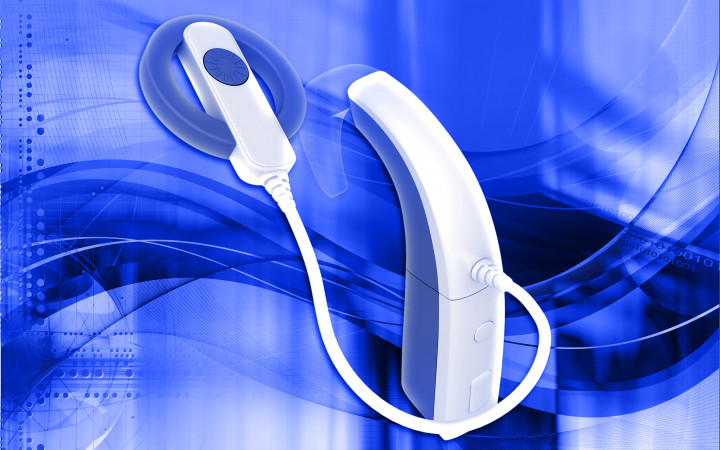Today’s Wonder of the Day was inspired by Cathrine from Raleigh, NC, NC. Cathrine Wonders, “How do cochlear implants work?” Thanks for WONDERing with us, Cathrine!
Have you been WONDERing with us for a while? If so, you may have learned a lot about technology. Perhaps you’ve read about robots or touch screens. You might even know what kinds of technology athletes wear. Today’s Wonder of the Day is all about another amazing creation—cochlear implants!
What are cochlear implants? They’re devices that help people hear. They are much different from hearing aids, though. Hearing aids amplify sound. Cochlear implants go much further. They’re made for those who are severely hearing impaired or completely deaf.
How do cochlear implants work? Each device is made of two pieces—one that is internal and one that is external. A surgeon puts the internal piece in place. It goes under a person’s skin behind the ear. From there, it connects to the cochlear nerve in the inner ear.
The external piece contains a magnet. This helps it connect to the internal piece. The external part of the device also has a microphone that picks up noise. Sounds are then routed through a speech processor and then to a transmitter. The transmitter sends sound to the receiver, which is part of the internal portion of the device.
Through this process, the sounds are turned into electrical signals. These signals travel through electrodes. That’s how they arrive at the cochlear nerve and then the brain. There, they’re interpreted. This process allows the person to hear many sounds from the environment, including human voices.
Are you or someone you know thinking about getting a cochlear implant? A doctor can help you decide if it’s right for you. These devices make a huge difference for many people. They can help people hear others without lip reading, listen to music, and communicate over the phone.
After surgery, it takes some time to learn to hear using cochlear implants. People work with doctors and specialists to use the devices to their fullest potential. Cochlear implants also need special care. Those who use them need to recharge their batteries and protect them from water.
Cochlear implants will likely get even better. That’s the thing about technology—it’s always advancing. What useful devices could be next? Maybe you’ll invent the next breakthrough yourself!
Standards: CCRA.LS1.D, CCRA.R.1, CCRA.R.2, CCRA.R.4, CCRA.R.10, CCRA.W.2, CCRA.W.4, CCRA.W.9, CCRA.L.1, CCRA.L.2, CCRA.SL.1, CCRA.SL.1, CCRA.L.3, CCRA.L.6




